I usually don’t haste through a city, unless forced to do so by crime statistics. Any city and even most towns require a lot of time to understand and fully enjoy. But sometimes one day is all you have, and you have better make the best of it.
Here are a few photos showing one way to happily spend a single, long January day in Vienna, Austria.
We save some money by staying at a hotel away from the old town, between the Prater amusement park area and the banks of the Danube river. Thanks to the efficient U-bahn (metro), it’s still close to all the sights. A 24 hour ticket for 8 Euros covers all our transportation needs for today.
Visiting in January means that going on a river cruise isn’t too tempting. Instead we just walk across a bridge to the Kaisermühlen district. We do this because the city map clearly shows a building that supposedly houses the “United Nations Office for Outer Space Affairs”. How tempting is that?! If we’re ever going to see a real life alien from Outer Space, this is our chance.
No luck, though.
Heavy January fog hovers above the buildings where the Outer Space affairs are managed. We can’t even see the space ships docked up there. It’s disappointing.
The walk across the river was chilling. We take the metro back to the city side of the Danube.
We always find time for some urban geocaching. This phone booth has a secret, and it’s not that it’s not actually used by anyone these days.
Vienna is a good city for finding geocaches. All the locals ignore us, no matter how strangely we behave. It’s probably thanks to the abundance of tourists here, especially during the warmer months and for the markets just before Christmas.
We need some cash. Fortunately, the exceptionally well fed ATMs of Vienna are easy to find. Just look for a giant pig, and hope it’s not one of the guys from OPEC, who for some reason have chosen to put their headquarters here.
In a corner of the huge public park Wiener Prater, we find the Wurstelprater amusement park. January is the worst time for coming here, as almost everything is closed, and the few rides that aren’t closed are lethally cold to go on.
The atmosphere is pleasant nevertheless. Besides, it’s mandatory to go and have a look at the large Ferris wheel that is famous from some ancient movie that no one under the age of 50 have seen.
The world of tourists can be a bizarre place.
Upon closer inspection of the Wurstelprater, we soon come to the conclusion that it’s not much different from any traveling amusement park. The decorations are all beautifully ugly, and badly maintained wherever we go.
The only thing about this “haunted mansion” that scares me, is that I worry that something heavy will break and fall on my head.
Another must on the tourist circuit of Vienna is a visit to the Schönbrunn Palace. It’s a 30-40 minutes metro ride south-west from Prater, on the other side of the city center. No photography whatsoever is allowed inside the palace. It’s partially to avoid unfortunate damage to the interior, but, I suspect, also because fewer people would visit the place if they could easily see on Instagram what they can expect to see inside.
Personally, I find the castle interior to be merely a collection of various old furniture whose main merit is that it used to be owned by a famous royal family. The one cool takeaway for me is to stand in the actual room where Mozart famously as a six-year-old impressed Empress Maria Theresa with his musical genius. Being there, it’s easy to imagine what the scene must have been like.
Oh, and I discover that our modest bathroom at home is vastly better than what the big boss of the Holy Roman Empire had to put up with. This cheers me up quite a bit.
If you want to save some money, I recommend just walking around for free in the park surrounding the palace. It’s huge, has plenty of sculptures and botany, and it gives you a good impression of the wealth that once upon a time must have been concentrated here. If you really want to see some kitchy antiques, there are plenty of shops for that in the city center. Just don’t break anything. Paying for the damages will be something you potentially do for the rest of your life.
There you have it; the whole Schönbrunn Palace.
If you walk up to the huge Gloriette (“little room”) building, you’re rewarded with this great view of the park and the palace with the western parts of Vienna in the background.
From up here it’s easy to see that Vienna is a sizable city. The tall tower all the way in the back there is where the United Nations does their outer space diplomacy, and where our hotel is. While the old city center is easy to navigate on foot, you want to use public transportation to see Schönbrunn.
Castle visiting is a big thing in Austria. We head straight over to another one, Schloss Belvedere. We have learned our lesson, though, and skip going inside. The exterior and the park will suffice for us.
Some decidedly female sphinxes watch over the upper gardens. It’s fairly obvious which parts of these statues receive the most attention. If you look closely, you can actually see a whole Corona virus dancing troup on each of those magnificent breasts.
You can tell that Austria is a landlocked country.
Mermaid anatomy has never been a strength of the sculptors of this country.
No, we’re not at yet another castle. This is actually the ceiling just inside the entrance to Naturhistorisches Museum Wien, the Museum of Natural History.
Driven inside by the cold, it turns out that there’s just as many opulent old decorations here as at Schloss Schönbrunn.
Check out the paintings and the sculptures in the entrance hall of the museum!
We came here to see dead animals, but here we’re treated to plenty of world-class art as well.
Tons of respect to whoever gathered all the necessary parts and puzzled together the interior of this tiger python.
I love this bug. It’s Fulgora lampetis, the peanut-headed lanternfly.
You can tell where the peanut part is, but in German there’s an older and better name for it; the crocodile head cicada. It really does look like a crocodile head that grew wings and flew away from the rest of the animal.
The displays of taxidermy at the museum are quite good, and the age of some of them makes them spectacular. The oldest specimens here are from more than 250 years ago! This ape is “only” 150 years old, but in pretty good shape still.
If they ever build a meta museum for particularly old and enchanting museum buildings, this one should be part of that collection.
Look at the entrance to Hall 37, for example; a Greek style portal of golden-edged dark marble, leading into a room full of buffaloes and reindeer.
There’s of course a large section dedicated to the oversize animals of Africa, standing next to various megafauna from prehistoric time.
Imagine how thrilling this must have been to see for mortal humans living in a cold part of Europe, back when this museum opened to the public in the 1770s.
Thanks to the deep pockets of the Habsburg royals, expeditions to all far-away corners of the world resulted in a large selection of unique specimens in this museum.
Many now extinct animals can still be seen here. This is a thylacine, a species that probably left us in the 1930s. They’re often called Tasmanian tigers, because of the stripes, but they appear more similar to foxes or wolves. In actuality, though, it’s a marsupial! Parallel evolution is fascinating stuff.
The “Venus of Willendorf” is maybe the most incredible sight at this museum. Certainly not for its size, as it is only 11 centimeters tall, but for its age.
This thicc woman was made some 30,000 years ago (give or take a few thousand), which makes it one of the oldest carved figurines in the known universe. Looks like they had KFC back then as well.
We stay at the museum until it closes, and now it’s all dark outside. On our way to Café Sacher Wien for a piece of famous chocolate cake, we walk past yet another huge castle. This is Hofburg, the winter residence of the guys who spent their summers at Schönbrunn, several kilometers away, in the exact same climate.
Show-offs.
As a traveler, I’d especially love to see the large globe collection on display here, but it’s closed for the day.
By the way; the cake I mentioned, the Sachertorte, is delicious. Also, very expensive. At the cafe we’re surrounded by so many Asian couples doing a huge Instagram thing out of their sweet dessert, that I just cannot bring myself to pull out my camera. It probably looks pretty much like you imagine.
There’s a long line out the door for the pleasure of eating this cake, so I, uh, guess it’s worth it.
Walking through the city centre is a bit disorienting, but also vaguely familiar to me.
Like in Oslo, Norway, most streets keep bending. The cityscape is also similar to Oslo, except the buildings are twice as tall and the streets are twice as wide. It still manages to feel relatively cozy.
If you want to buy something old and/or strange that has no use beyond demonstrating purchasing power and a severe lack of taste, few cities can match Vienna.
Rich people from all over the world, especially from oil-producing and certain “communist” countries, come here to hide their money by exchanging them for items like these.
If you ever visit Vienna, make sure you set aside some time for incredulous window-shopping.
St. Stephens Cathedral, or Stefansdom, or even just Steffl, has stood in the middle of the city like this for about half a millennium.
Back when the Ottoman Muslims tried to conquer Europe, they were turned back right here at the gates of Vienna. The cathedral towers served as the main observation and command post for the defense of the city. As a result, this is one of precious few religious buildings anywhere in the world that has actually ever served a useful purpose.
Before we head back to our hotel to rest, we visit the cathedral and observe the mass in silence. It must be nice to have a divine being you can blame for everything that seems wrong.
Personally, I blame social media.
Anyway. That, my friend, is one way you can see Vienna. I know there are thousands of wonderful sights I missed, but I’m quite happy with what I got out of it.
Thank you for coming along!
Look at the price of that thing!
In case you wonder what a day like this might cost, here’s the full list of significant expenses for this day.
Accommodation
We were two persons, traveling as a couple, sharing a nice hotel room. For two nights at Best Western Plus Hotel Arcadia, we paid 140 Euro, including a satisfying breakfast.
Transportation
The train from the airport to the city center cost 8 Euros per adult.
A 24 hour travel pass for central Vienna (all buses and metro lines) also cost 8 Euros per adult.
For a full list of ticket options see the Wiener Linien web site.
Sights
At Schloss Schönbrunn you can walk the park for free. The cheapest way to see the actual inside of the castle is to do the self-guided tour of 22 rooms for 18 Euros, or 40 rooms for 22 Euros. The 40 room option consists of the same 22 rooms as the cheapest option, and then another 18 rooms on top of that.
There are various combo tickets that may be useful if you’re totally into old castles.
See a full list of options at the Schönbrunn web site.
The admission fee at the Museum of Natural History is 12 Euros for adults, 7 Euros for students under 27, and there’s free entrance for anyone under 19.
Eating
If you want to eat at Café Sacher Wien, it’s possible to pay a lot for the privilege. This place offers some pricey sweets, and that’s just the way it is.
From our receipt, I see that we got hot chocolate for 7 Euros, a glass of sparkling wine for 18 euros (it was someone’s birthday), and a modest piece of the famous cake came at 8 Euros. Keep in mind that going here is a treat, not just a quick snack. Unless you’re a fan of standing in line, it’s a good idea to book a table. See their web site for updated prices and booking options.
If you’re traveling on a budget, stick to getting your edibles from Billa grocery stores.
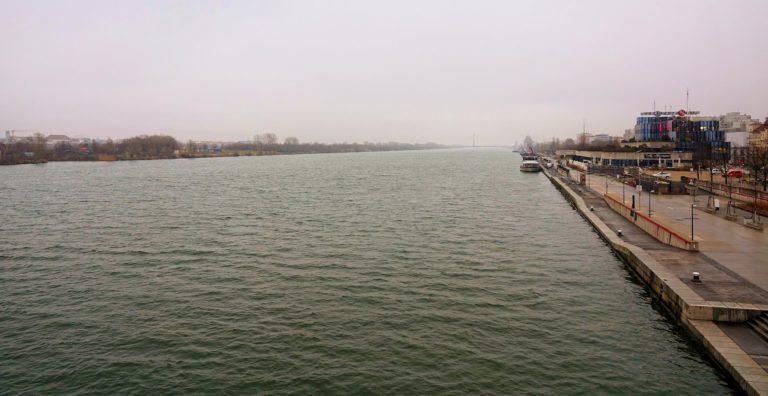
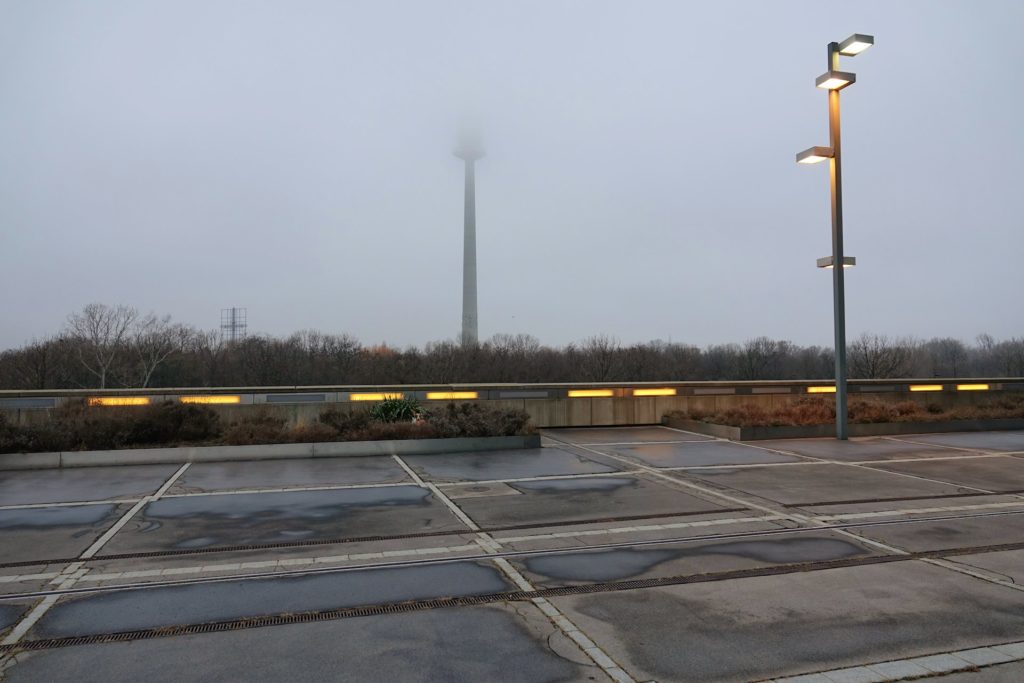

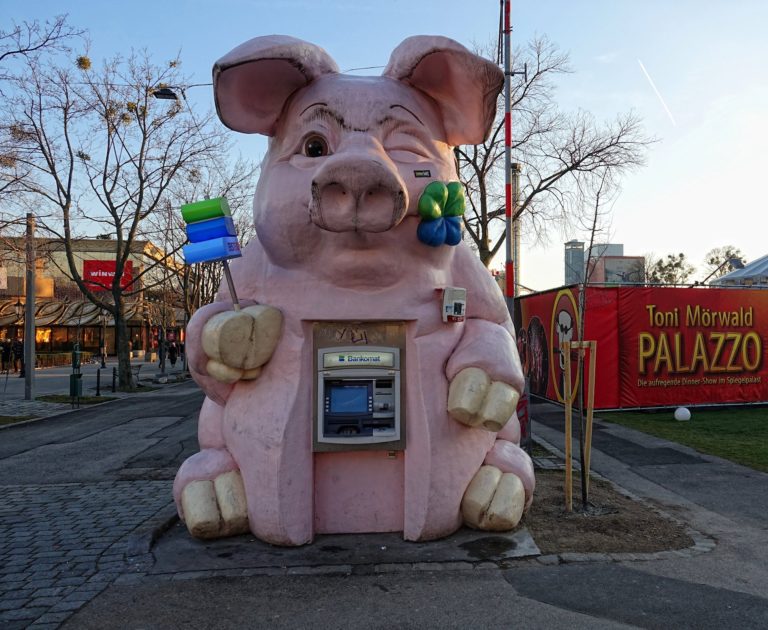



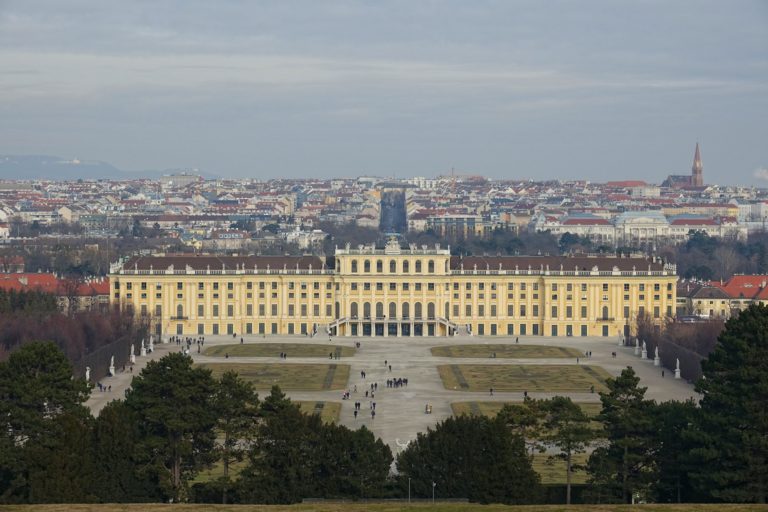
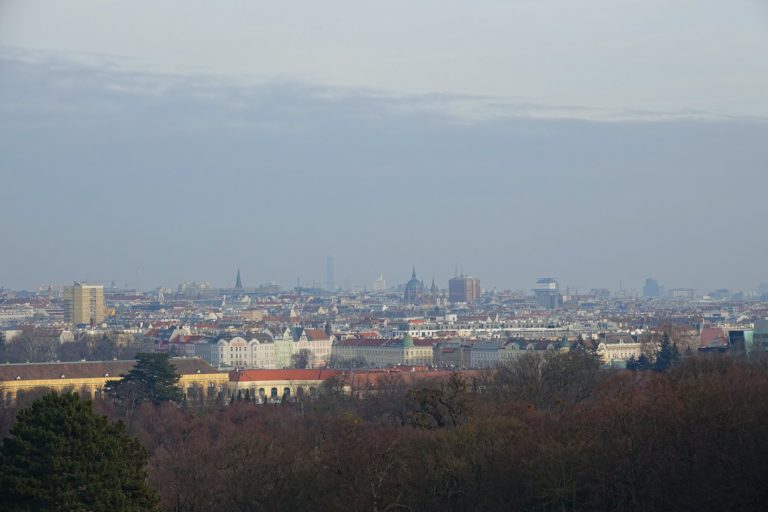
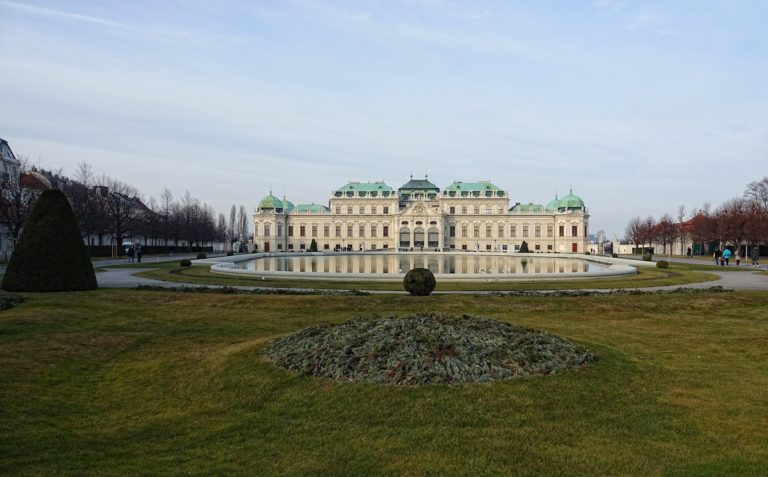
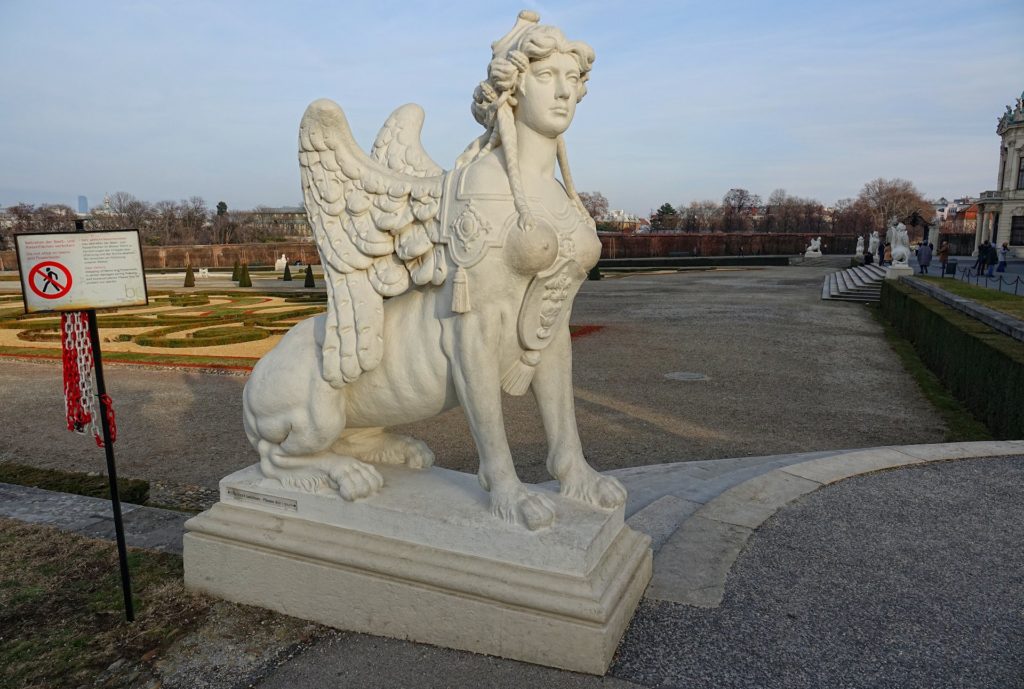
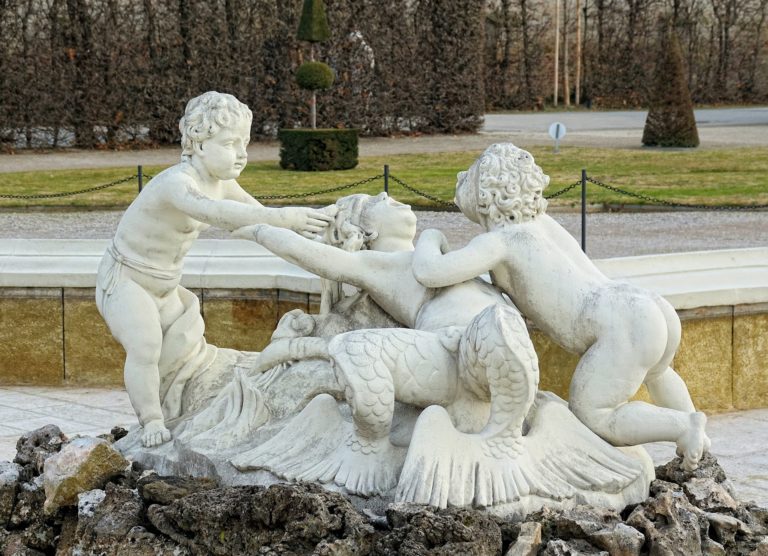

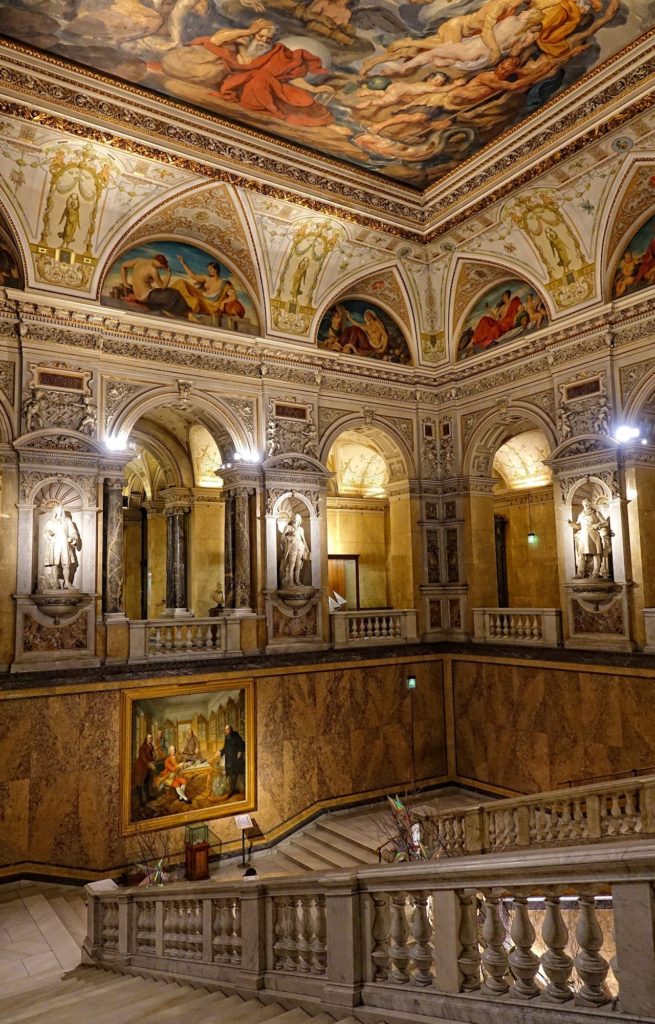
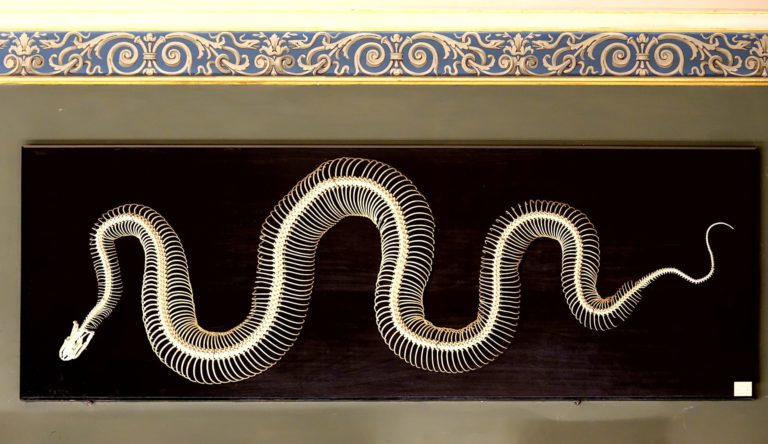
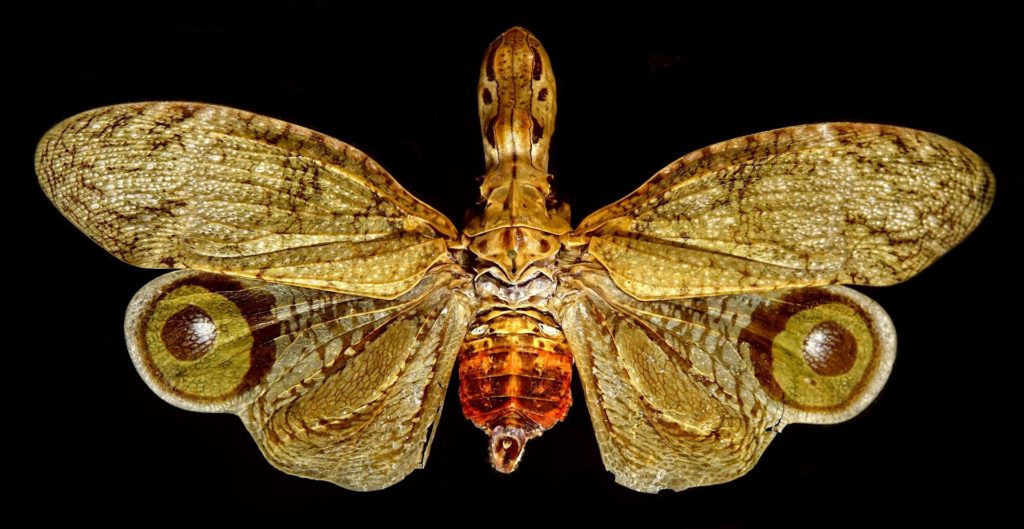
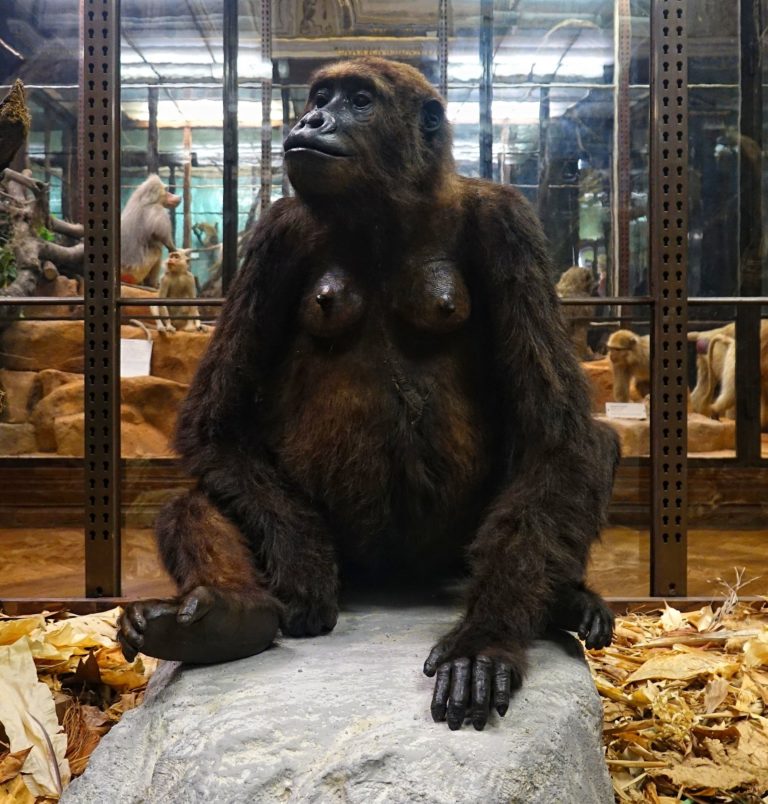
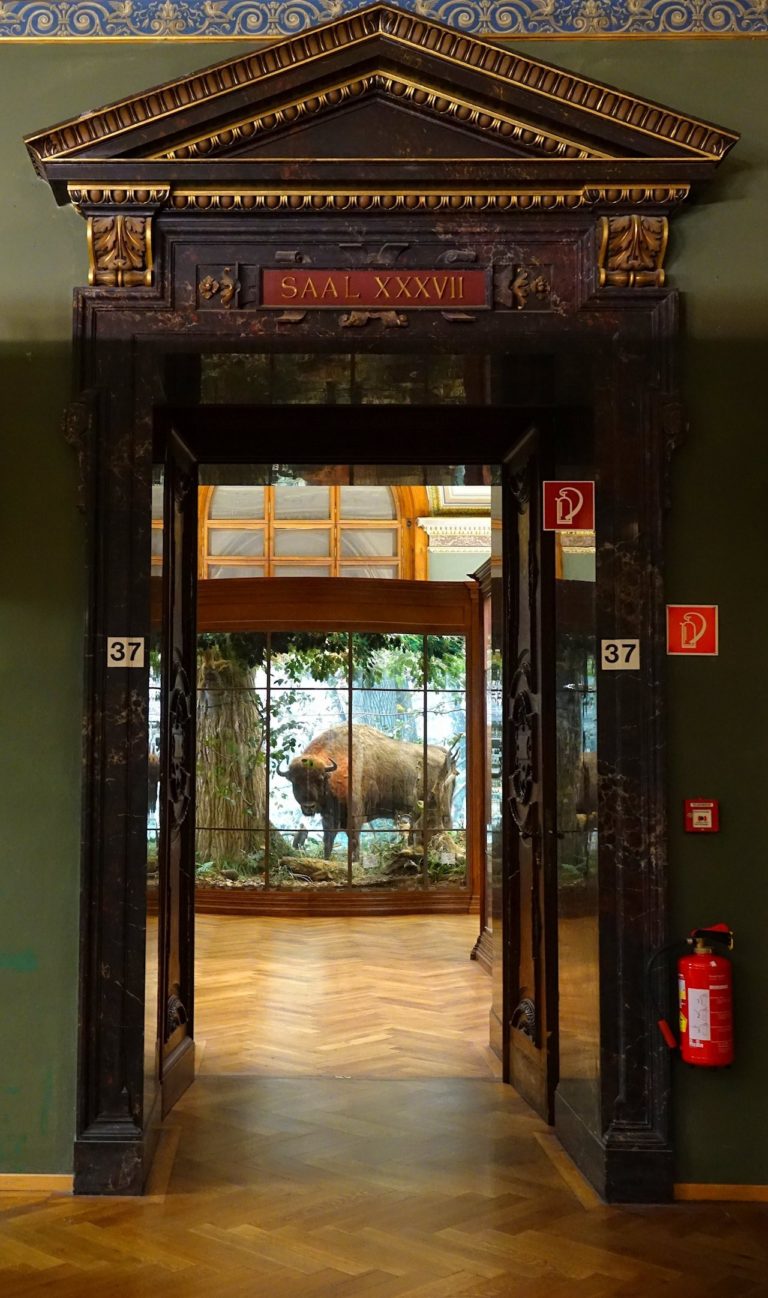
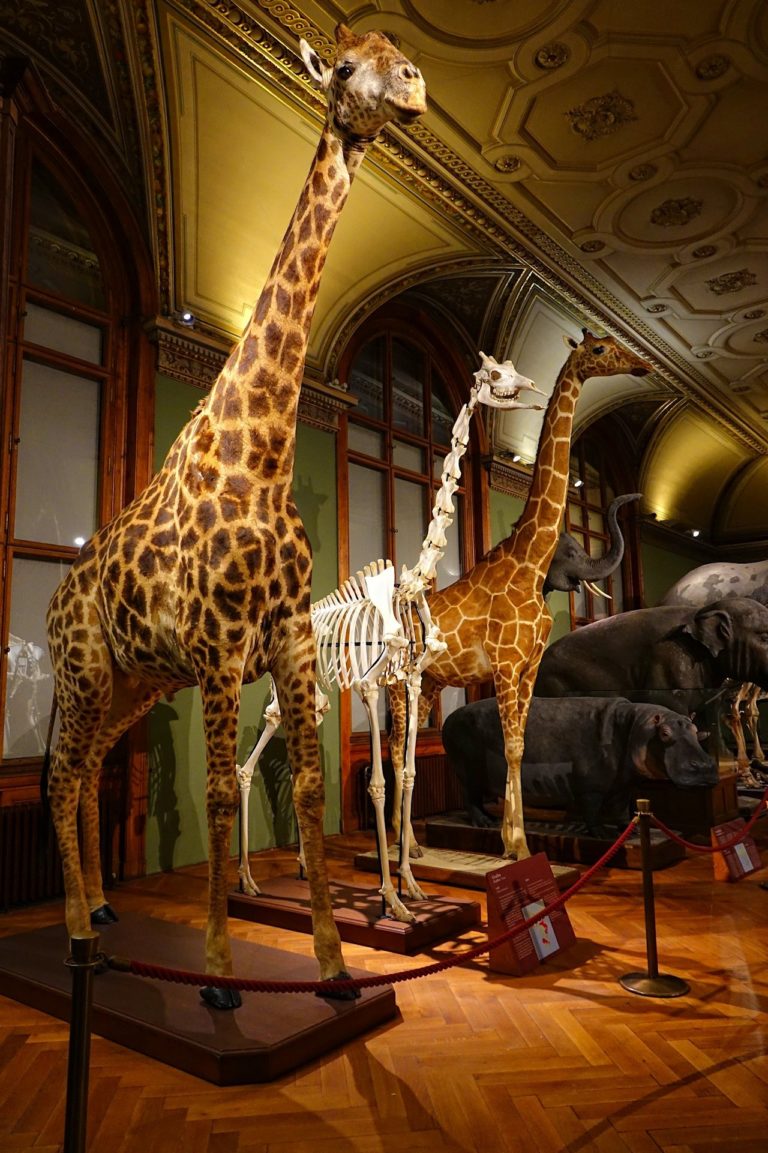

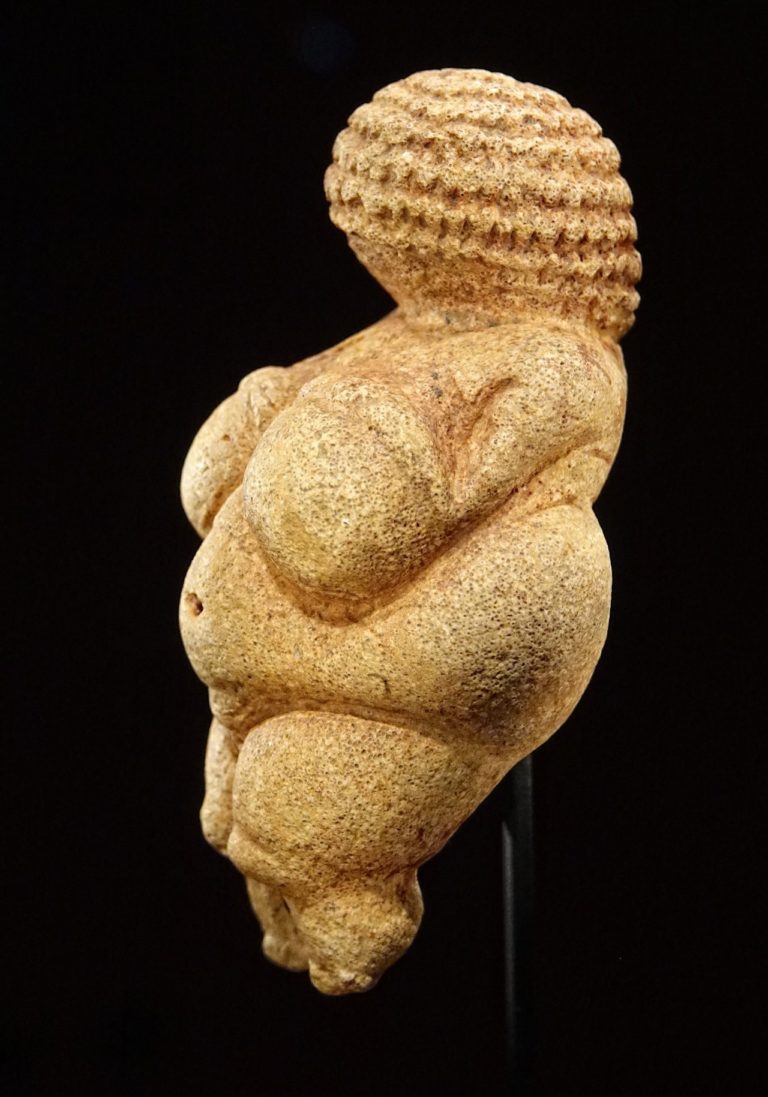
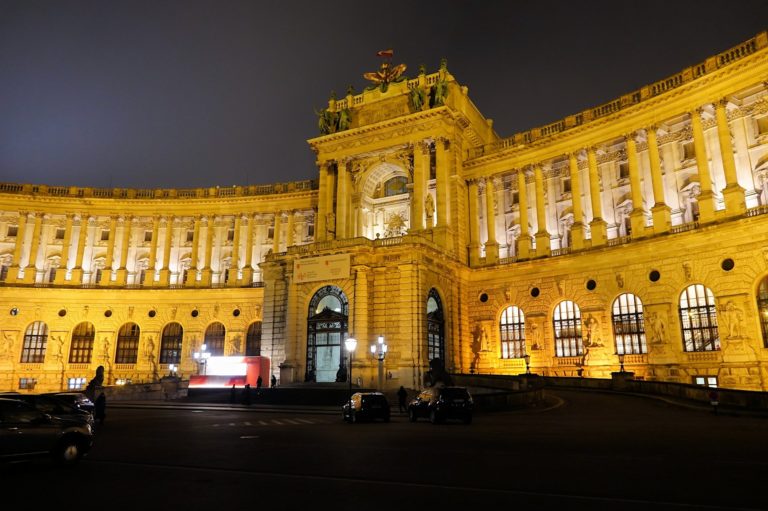

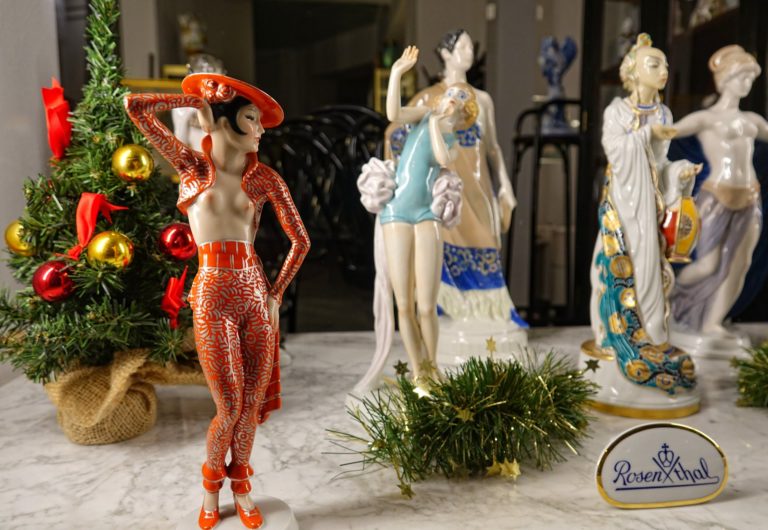
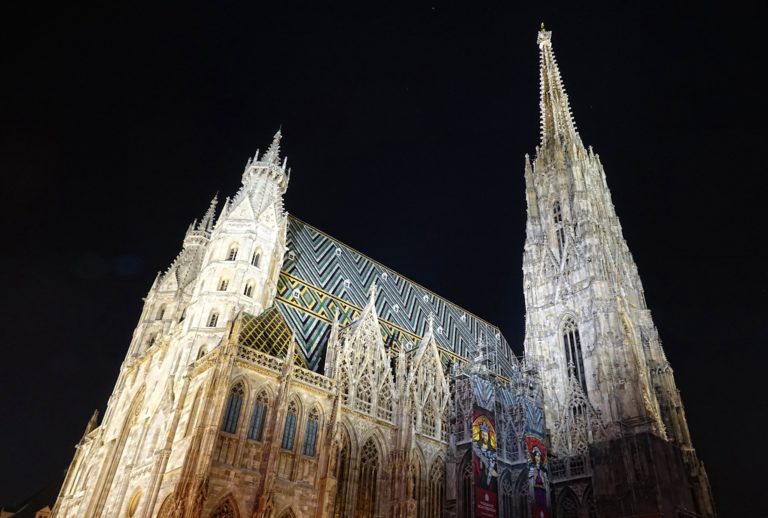
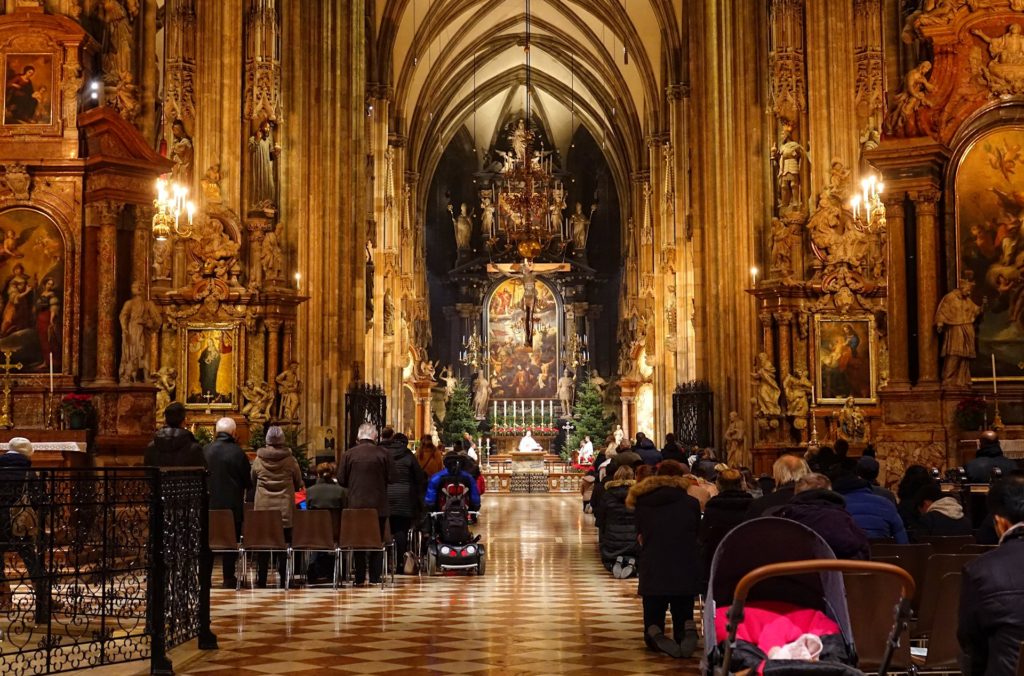
1 Comment. Leave new
My recent trip was also rather short so again I ve squeezed all the best things to see in Vienna in just one day. I know the city deserves so much more, there were trips when I ve spent a week or so there (including Vienna in winter ) and still haven t seen everything.